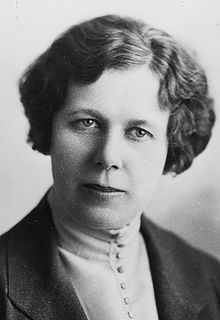
Back غلاديس بايل Arabic جلاديس پيلى ARZ قلادیس پایل AZB Gladys Pyle German گلادیس پایل Persian Gladys Pyle French Gladys Pyle Hungarian Գլեդիս Փայլ Armenian Gladys Pyle NB Gladys Pyle Polish
Gladys Pyle | |
|---|---|
 | |
| United States Senator from South Dakota | |
| In office November 9, 1938 – January 3, 1939 | |
| Preceded by | Herbert Hitchcock |
| Succeeded by | Chandler Gurney |
| Executive Officer of the South Dakota Securities Commission | |
| In office January 16, 1931 – January 15, 1933 | |
| Governor | Warren Green |
| Preceded by | A. L. Putnam |
| Succeeded by | William J. Dawson |
| Secretary of State of South Dakota | |
| In office January 4, 1927 – January 6, 1931 | |
| Governor | William Bulow |
| Preceded by | Clarence Coyne |
| Succeeded by | Elizabeth Coyne |
| Personal details | |
| Born | October 4, 1890 Huron, South Dakota, U.S. |
| Died | March 14, 1989 (aged 98) Huron, South Dakota, U.S. |
| Political party | Republican |
| Education | Huron University (BA) |
| Profession | Teacher Insurance broker |
Gladys Shields Pyle[1] (October 4, 1890 – March 14, 1989) was an American educator and national record setting female politician during the first score of years post-ratification of Women's Suffrage Amendment to the U. S. Constitution, who set numerous national and state partisan electoral records before the age of 50, including at least a dozen national records related to her 1938 U. S. Senate election. Her most significant national electoral records are:
- First female nationally to enter the U S Senate through election (1938) and first to do so in her own right at the age of 48. She ran 5.6% ahead of the second highest vote getter for any statewide office in her state in that election..
- First female nationally to run for both governor (1930, won her party primary but was denied the nomination by her state party convention, which was perceived to be solely due to her sex by the South Dakota citizenry and press) and U.S. Senate (1938, elected) and first to do so in her own right. (Nationally, Jeanne Shaheen finally beat this record 70 years later by winning both offices in 2008. In the interim, several women had subsequently tied Pyle's 1938 record, including Shaheen in 2002.)
- First female nationally to be elected to both a state constitutional legislative office (1922) and a state constitutional executive office (1926) in any state and first to do so in her own right. Only female nationally to be both the first elected to a state constitutional legislative office and the first to be elected to a state constitutional executive office in any state.
- First female nationally to receive more votes cast than had been received by any other statewide candidate in the history of the state in any state (1928) and only female to accomplish that feat in the first score of years after ratification of the Suffrage Amendment.
- First female nationally to receive both the highest percentage of the vote received of all statewide candidates and most total raw votes received of all statewide candidates in a general election in any state (1928). She was the only female to achieve this record during the first score of years after ratification of the Suffrage Amendment and she did so twice (1928 & 1938).
- ^ House of Representatives Office of History (2006). Women in Congress, 1917-2006. Government Printing Office. pp. 177–179. ISBN 9780160767531.